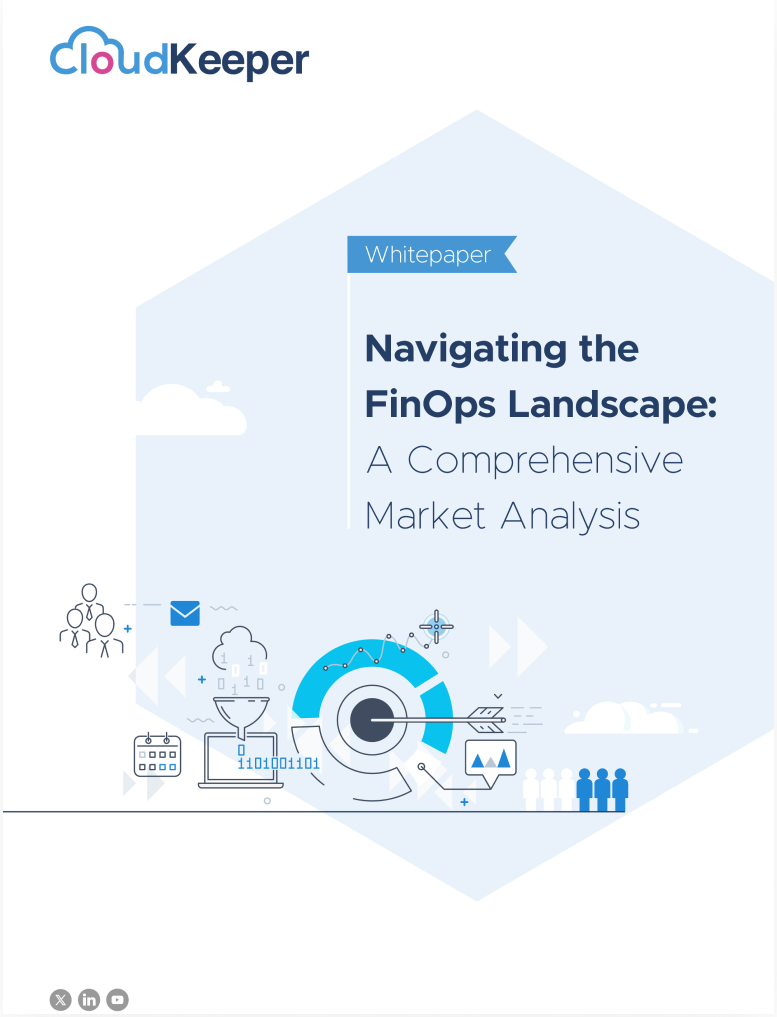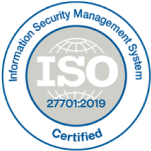AWS EBS costs can significantly impact your cloud bill, and understanding how to utilize storage services effectively is crucial for lowered spending. Amazon Elastic Block Storage (EBS) is a scalable and high-performance block storage service designed for AWS EC2 instances. It provides persistent storage through EBS volumes.
One of the key advantages of AWS EBS is the pay-as-you-go model, where you only pay for the storage resources you use.
However, EBS volumes that are attached to EC2 instances retain data even when the instances are stopped or terminated. This means that the storage resources associated with the EBS volumes continue to incur costs, contributing to your overall AWS bill. Therefore, it's important to be mindful of this and manage your AWS EBS volumes effectively to minimize unnecessary expenses.
In this blog, we will explore widely used best practices for AWS EBS cost optimization and its usage.
AWS EBS Volume Types
1. General Purpose SSD (gp2): This is the default and most commonly used EBS volume type. It offers a balance of price and performance for a wide range of workloads. General Purpose SSD volumes are suitable for most transactional workloads that require moderate IOPS performance.
2. Provisioned IOPS SSD (io1): This EBS volume type is designed for applications that require high-performance storage with consistent and low-latency I/O. It allows you to specify the desired number of IOPS (input/output operations per second) when provisioning the volume. Provisioned IOPS SSD volumes are ideal for critical database workloads or applications that demand predictable and high-performance storage.
3. Throughput Optimized HDD (st1): This volume type is optimized for frequently accessed, large sequential workloads that require high throughput but can tolerate higher latency. Throughput Optimized HDD volumes are well-suited for big data workloads, data warehouses, log processing, and streaming applications.
4. Cold HDD (sc1): Cold HDD volumes are designed for less frequently accessed workloads with large data sets. They offer the lowest cost per gigabyte compared to other EBS volume types but with higher latency. Cold HDD volumes are suitable for workloads with sequential and cold data, such as backup storage, archival data, or long-term storage of infrequently accessed data.
5. Magnetic (standard): This is the legacy EBS volume type, which is being phased out in favor of General Purpose SSD and other newer volume types. Magnetic volumes provide the lowest cost per gigabyte but with lower performance and higher latency compared to other EBS types. They are suitable for workloads with low I/O requirements or where cost optimization is the primary consideration.
Factors that Influence AWS EBS Costs
1. EBS Volume Type: AWS EBS offers different volume types, each with its own performance characteristics and pricing. The cost can vary depending on whether you choose General Purpose SSD, Provisioned IOPS SSD, Cold HDD, Throughput Optimized HDD, or other available types.
2. Volume Size: The size of your EBS volumes directly affects the cost. As you increase the storage capacity, the pricing will incrementally rise.
3. Provisioned IOPS: If you require high input/output operations per second (IOPS) for your applications, Provisioned IOPS SSD volumes provide guaranteed performance levels but at a higher cost. Provisioning more IOPS will increase the overall expense.
4. Data Transfer: Data transfer costs can be a significant factor in your overall EBS expenses. This includes data transferred into and out of your EBS volumes, data transferred between availability zones, and data transferred to other AWS services.
5. Snapshots: EBS snapshots, used for data backup and replication, incur costs based on the amount of data stored. The number and frequency of snapshots, as well as their retention periods, can influence expenses.
6. Storage Duration: The length of time you retain EBS volumes, impacts your AWS EBS costs. If you have long-term storage needs or require frequent volume changes, it can affect your overall expenses.
7. Region and Availability Zone: AWS EBS pricing can vary between regions and availability zones. Choosing the most cost-effective region and availability zone for your EBS resources can have an impact on your expenses.
Strategies to save money on AWS EBS Volumes
1. Right-size your EBS volumes: Regularly review the storage needs of your applications and adjust the volume sizes accordingly. Avoid overprovisioning by accurately estimating the required capacity. Downsizing volumes that are not fully utilized can help reduce costs.
2. Use appropriate volume types: Select the EBS volume type that aligns with the performance requirements of your applications. Avoid using Provisioned IOPS SSD volumes unless necessary, as they come at a higher cost. General Purpose SSD volumes are often suitable for most workloads and offer a good balance between performance and cost.
3. Optimize snapshots: EBS snapshots are used for backup and replication purposes. Evaluate your snapshot retention policies and delete unnecessary snapshots regularly. Implement lifecycle policies to automate the deletion of outdated snapshots. This helps minimize storage costs associated with snapshots.
4. Monitor and adjust storage duration: Assess the storage duration requirements for your EBS volumes. If you have volumes that are no longer needed, consider deleting them to avoid unnecessary charges. For long-term storage needs, consider leveraging Amazon S3 for cost-effective archival storage.
5. Utilize volume elasticity: Take advantage of the elasticity of AWS EBS volumes. With Amazon Elastic Volumes, you can dynamically adjust the size and performance characteristics of your EBS volumes without detaching them from the EC2 instances. This allows you to match the storage resources to the changing demands of your applications and optimize costs.
6. Leverage instance storage: In certain scenarios, consider utilizing instance storage (local storage) provided by EC2 instances instead of EBS volumes. Instance storage can offer high-performance and low-cost storage options, particularly for temporary data or stateless applications. However, keep in mind that instance storage is ephemeral and data is lost if the instance is terminated or fails.
7. Optimize data transfer: Minimize data transfer costs associated with EBS volumes by optimizing your data transfer patterns. Be mindful of the amount of data transferred into and out of your volumes, and consider optimizing network traffic and caching mechanisms to reduce unnecessary data transfer.
8. Explore AWS cost management tools: Take advantage of AWS cost management tools such as AWS Cost Explorer, AWS Budgets, and AWS Cost and Usage Reports. These tools provide insights into your EBS costs, help you track usage, and identify areas for cost optimization.
By implementing these strategies, you can effectively manage your AWS EBS costs and optimize the utilization of storage resources, resulting in potential cost savings for your organization.
FinOps is a specialized branch that clubs together ways to engage cross-functional teams in a collaborative effort to control cloud costs. Getting a FinOps consulting partner, like CloudKeeper, is a great step towards bringing continuous, cost-efficient cloud operations to your organization.








